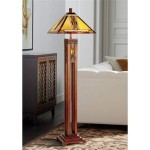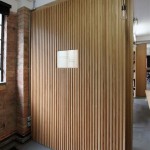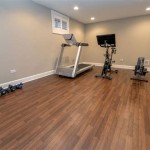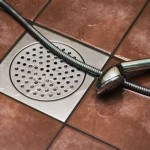Engineered Wood Flooring in the Kitchen: Pros and Cons
Engineered wood flooring has gained immense popularity in recent years, especially for kitchens. Its durability, stability, and aesthetic appeal make it a compelling choice for this high-traffic area. However, before making a decision, it's crucial to weigh the pros and cons of engineered wood flooring in a kitchen setting.
Pros of Engineered Wood Flooring in the Kitchen
Engineered wood flooring offers a range of advantages that make it a suitable choice for kitchens:
Durability and Stability
Engineered wood flooring is constructed with multiple layers of wood, typically a plywood core with a thin veneer of hardwood on top. This layered structure provides exceptional durability and stability, making it less prone to warping, cracking, or shrinking compared to solid hardwood flooring. Its resilience to moisture and temperature fluctuations is particularly beneficial in the kitchen, where spills, cooking steam, and varying humidity levels are common.
Water Resistance
Engineered wood flooring with a protective finish is inherently more water-resistant than solid hardwood. The multiple layers act as a barrier against moisture penetration. However, it's important to note that even engineered wood flooring is not completely waterproof. Spills should be cleaned up promptly, and the floor should be sealed regularly to maintain its water resistance.
Aesthetic Appeal
Engineered wood flooring offers a wide variety of wood species, colors, and finishes to match any kitchen style. From classic oak to exotic walnut, the choices are plentiful, allowing homeowners to create a unique and personalized look. The availability of different plank widths and lengths further enhances the versatility of engineered wood flooring, enabling the creation of intricate patterns and designs.
Ease of Installation
Engineered wood flooring is generally easier to install than solid hardwood. Its interlocking system allows for quick and efficient installation, even for DIY enthusiasts. This ease of installation minimizes disruption and downtime during the renovation process.
Lower Cost
Engineered wood flooring is often more affordable than solid hardwood, making it a budget-friendly option for homeowners. Its lower cost is attributed to the use of less expensive materials and efficient manufacturing processes.
Cons of Engineered Wood Flooring in the Kitchen
While engineered wood flooring offers numerous advantages, it also has some drawbacks that homeowners should consider:
Scratch Resistance
Engineered wood flooring can be susceptible to scratches, especially in high-traffic areas like kitchens. While its top layer is durable, it can still be damaged by sharp objects or heavy furniture. To minimize scratches, it's advisable to use furniture pads and protective mats in high-use zones.
Refinishing Limitations
Unlike solid hardwood flooring, which can be refinished multiple times, engineered wood flooring has a limited number of refinishing possibilities. The thickness of the veneer layer restricts the number of times the floor can be sanded and refinished. Therefore, homeowners should consider the long-term refinishing implications before making a decision.
Potential for Denting
While engineered wood flooring is durable, it can still be dented by heavy objects. Dropping a heavy pot or pan can leave a permanent mark on the floor. To mitigate dents, it's essential to handle heavy items with care and use furniture pads to distribute weight evenly.
Cost-Effectiveness
Although engineered wood flooring is often less expensive than solid hardwood, its lower cost can be offset by its limited refinishing capabilities. Over time, the need to replace the flooring due to wear and tear can lead to higher overall costs.
Considerations for Choosing Engineered Wood Flooring
When choosing engineered wood flooring for the kitchen, consider the following factors:
Traffic Level
If your kitchen is a high-traffic area, select an engineered wood flooring with a durable finish and a thicker veneer layer for enhanced resistance to scratches and dents.
Maintenance Level
Engineered wood flooring requires regular maintenance, including sweeping, vacuuming, and mopping. Choose a finish that is easy to clean and resistant to stains.
Style Preferences
Consider your kitchen's overall style when selecting the wood species, color, and finish of the engineered wood flooring. The chosen flooring should complement the existing decor and create a cohesive aesthetic.

Engineered Wood Floors In Kitchen Pros And Cons Beyond Blog

Pros Cons Of Hardwood Floors In A Portland Kitchen

Engineered Wood Flooring Homeowner Pros Cons

Hardwood Flooring In The Kitchen Pros And Cons Coswick Com

Pros And Cons Of 5 Popular Kitchen Flooring Materials

Engineered Wood Flooring Pros And Cons Forbes Home

Engineered Timber Flooring Pros And Cons Versace Timbers

Pros And Cons Of Using Wood Flooring Woodpecker

Pros Cons Of Hardwood Floors In Your Kitchen Can A Have Wood Flooring Youtube

Wood Floors In Kitchen Pros And Cons Beyond Blog








